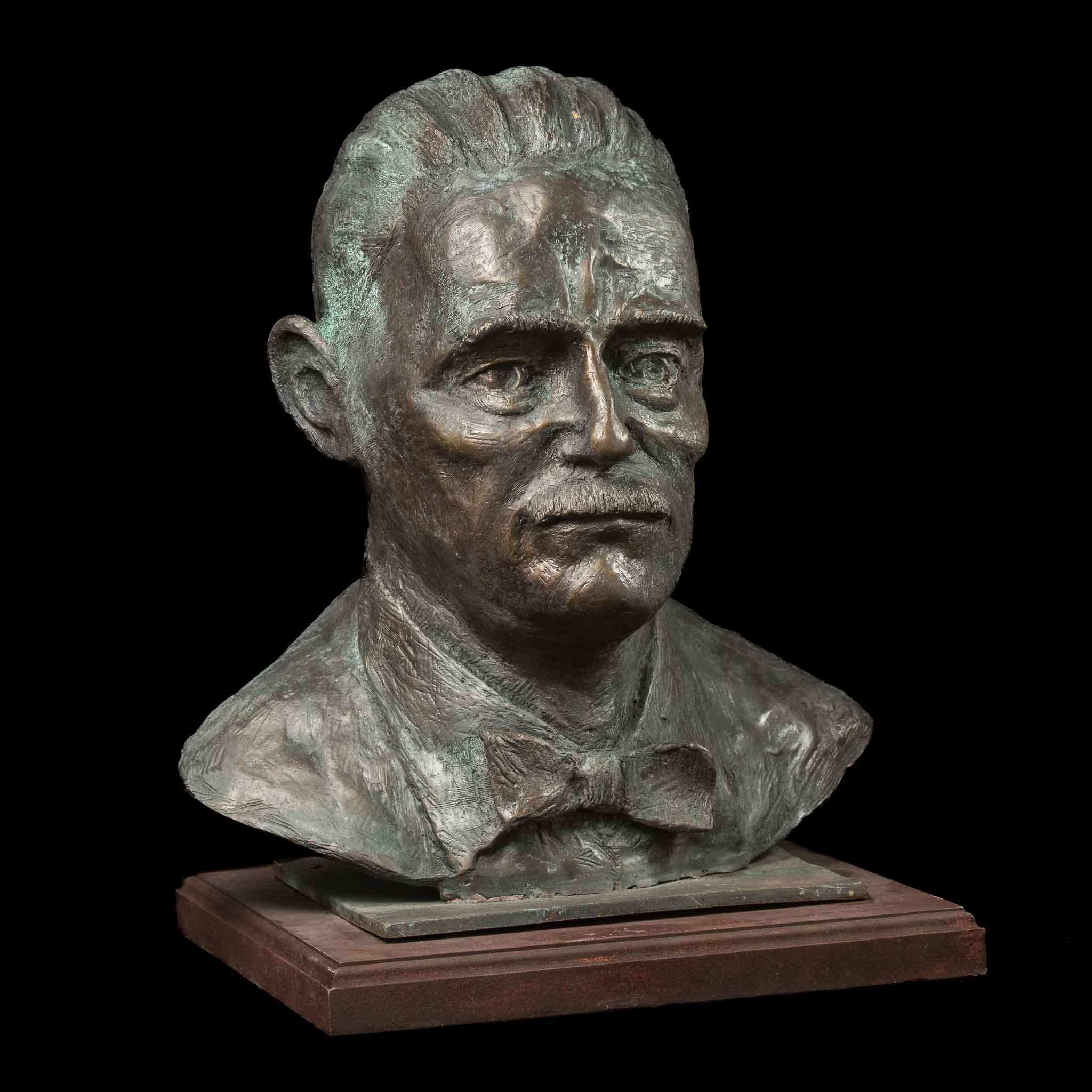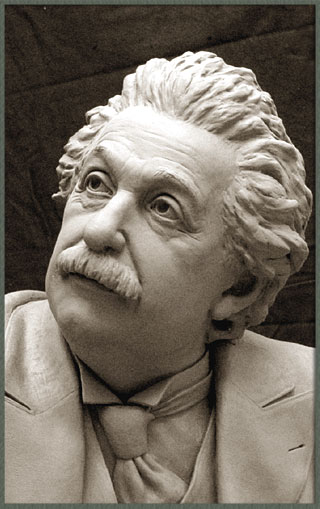Bronze Sculptures: Timeless Artistry Cast in Bronze
Wiki Article
The Influence of Nature in Sculpture Art
The impact of nature in sculpture art is a topic that has captivated musicians throughout background. From ancient worlds to contemporary musicians, the environment has actually functioned as a profound source of ideas. This influence is obvious in the organic kinds and shapes that are typically located in sculpture, mimicking the curves and shapes of nature. Artists also check out appearance and products in their job, looking for to recreate the responsive qualities of the environment. Symbolism of all-natural aspects is an additional method which nature affects sculpture, as musicians imbue their developments with the significance and associations intrinsic in these elements. The environment itself, with its landscapes, vegetation, and animals, is commonly mirrored in sculptures, offering a connection to the globe around us. Eventually, sculpture art has the power to catch the transience of nature, cold a moment in time and permitting us to appreciate its charm .Organic Types and Shapes
Organic kinds and shapes, inspired by the unified frameworks and elaborate patterns located in nature, play a pivotal role in the realm of sculpture art. Carvers have actually long been captivated by the elegance and complexity of the all-natural globe, discovering inspiration in the stylish curves of a seashell, the fragile petals of a blossom, or the twisting branches of a tree. By mimicing and extracting these organic types, artists have the ability to develop sculptures that evoke a sense of harmony and balance.One of the reasons natural forms and forms are so common in sculpture art is their capability to get in touch with customers on a deep psychological level. The natural world knows to us all, and when we see these types stood for in art, it elicits a feeling of convenience and recognition. It advises us of our place in the grand plan of points and enables us to attach with something above ourselves.
In addition, organic kinds and shapes in sculpture art typically personify a feeling of movement and energy. The streaming lines and dynamic structures resemble the constant movement and development found in nature. This creates a feeling of vigor and brings sculptures to life, making them show up as if they could continue to advance and transform before our eyes.
Structure and Product Expedition
A significant element of sculpture art influenced by nature is the expedition of texture and materials through the usage of numerous methods and mediums. Artists typically draw inspiration from the varied appearances discovered in the natural world, such as the rough bark of a tree, the smooth surface area of a stone, or the elaborate patterns on a fallen leave. By incorporating these textures into their work, carvers can develop a responsive experience for visitors, welcoming them to involve with the art work on a sensory degree.Structure can be accomplished in sculpture through a range of methods. Some artists pick to carve or sculpt directly right into the chosen product, developing a three-dimensional surface that mimics the textures discovered in nature - Figurative Sculptures.
Product exploration is likewise a significant component of sculpture art influenced by nature. They may integrate natural aspects like branches, leaves, or also dirt into their sculptures, blurring the borders in between art and the environment.
Meaning of All-natural Aspects
The consolidation of natural environments in sculpture art includes a layer of significance and depth to the artwork. By making use of materials discovered in nature, carvers have the ability to imbue their developments with definition that resonates with customers on an extensive level. All-natural components such as timber, rock, and plants have actually been made use of throughout history to convey different symbolic messages.Timber, as an example, frequently represents development, stamina, and strength. Sculptures crafted from this product can stimulate a feeling of link to the planet and the cycles of life. Stone, on the other hand, is often associated with permanence and endurance. Sculptures sculpted from stone can represent the ageless nature of particular concepts or principles.
Blossoms and plants are additionally frequently incorporated right into sculpture art, standing for styles of revival, appeal, and growth. The fragile flowers and dynamic shades of blossoms can stimulate sensations of joy, while the intertwining branches of plants can signify interconnectedness and unity.
In enhancement to these all-natural materials, carvers might also make use of natural aspects such as water, fire, or wind to even more enhance the symbolic message of their artwork. These elements can represent the transformative power of nature, the flow of time, or the forces that form our world.

Reflections of the Atmosphere
Reflections of the Setting can be seen in sculpture art through the consolidation of natural components and the representation of ecological styles. Sculptors typically draw inspiration from the environment, making use of materials such as wood, rock, and even recycled materials to create their art work. By making use of these natural elements, they not only admire the environment yet additionally develop a stronger connection in between the artwork and its surroundings.Along with the products made use of, sculpture art also mirrors the atmosphere through the portrayal of environmental styles. Numerous sculptors pick to show pets, plants, or landscapes in their work, highlighting the beauty and fragility of the environment. These sculptures work as suggestions of the significance of preserving our atmosphere and the need for sustainable practices.

Furthermore, environmental sculptures often intend to raise awareness about pushing environmental problems. They Figurative Sculptures work as aesthetic depictions of the influence of human tasks on the environment, such as environment, logging, or contamination change. By portraying these issues in their art work, artists want to influence viewers to act and become extra conscious of their very own ecological impact.
Capturing the Transience of Nature
Sculpture artists further explore the impact of nature by skillfully recording the ever-changing and ephemeral elements of the natural globe. Through their virtuosity, these musicians aim to depict the fleeting elegance and transience of nature, evoking a sense of marvel and consideration in viewers.One means in which sculpture musicians catch the transience of nature is by using materials that are themselves subject to decay and adjustment. As an example, artists might select to deal with organic materials such as leaves, flowers, or timber, which naturally wear away over time. This purposeful option highlights the brevity of nature and advises us of the unpreventable cycle of life and fatality.
Furthermore, sculpture musicians usually employ strategies that produce a feeling of activity and fluidity in their job. By including flowing lines and dynamic types, they convey the ever-changing nature of the natural world. This can be seen in sculptures motivated by wind, water, or the development of plants, where the artist seeks to catch the significance of constant activity and transformation.
Moreover, some artists select to create site-specific or momentary setups that communicate with the setting. These ephemeral sculptures, made from materials such as sand, light, or ice, are purposefully developed to slowly disappear or transform in time. By embracing the transient nature of their creations, musicians welcome visitors to show on the fleeting elegance of the environment and the brevity of human existence.

Conclusion
In verdict, nature has a profound influence on sculpture art. With making use of organic forms and shapes, musicians are able to stimulate a feeling of all-natural appeal and consistency. Appearance and product exploration further enhance the link to nature, as musicians often include all-natural products into their sculptures. Symbolism of all-natural components includes depth and suggesting to the artwork, while representations of the setting capture the significance of nature. Inevitably, sculpture art records the transience of nature and commemorates its everlasting influence.
Importance of all-natural components is another means in which nature affects sculpture, as artists imbue their productions with the meaning and associations inherent in these components.A substantial aspect of sculpture art influenced by nature is the exploration of appearance and products via the usage of numerous methods and mediums (Bronze Sculptures).Product exploration is likewise a considerable part of sculpture art influenced by nature.One method in which sculpture artists record the transience of nature is by utilizing materials that are themselves subject to degeneration and modification. Structure and material exploration even more enhance the connection to nature, as artists typically include all-natural products into their sculptures
Report this wiki page